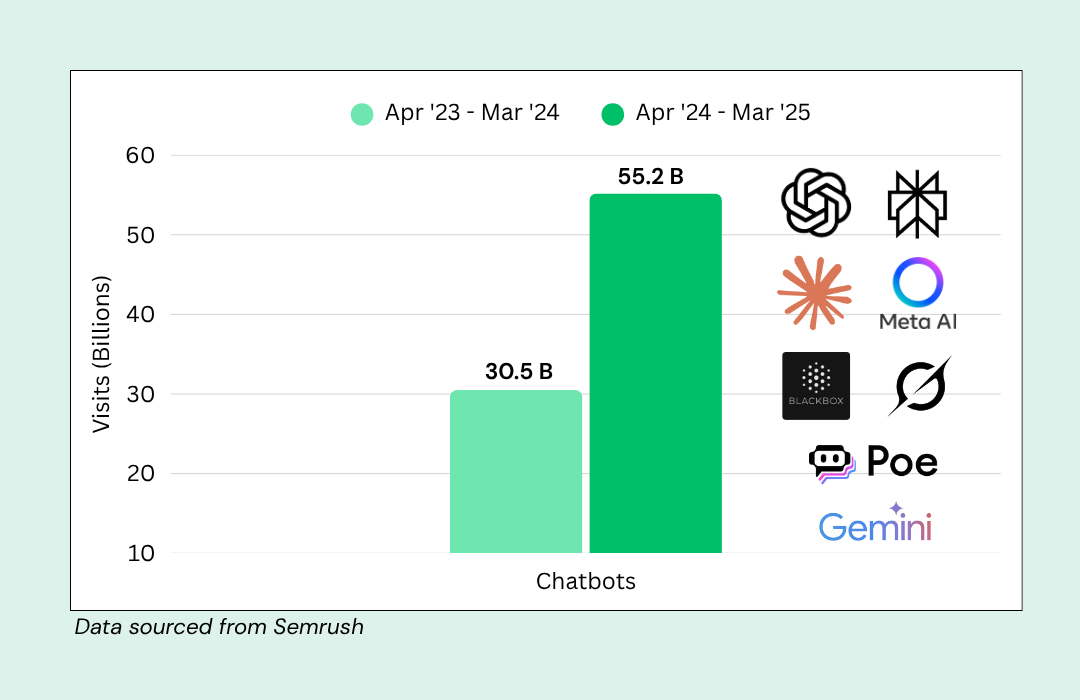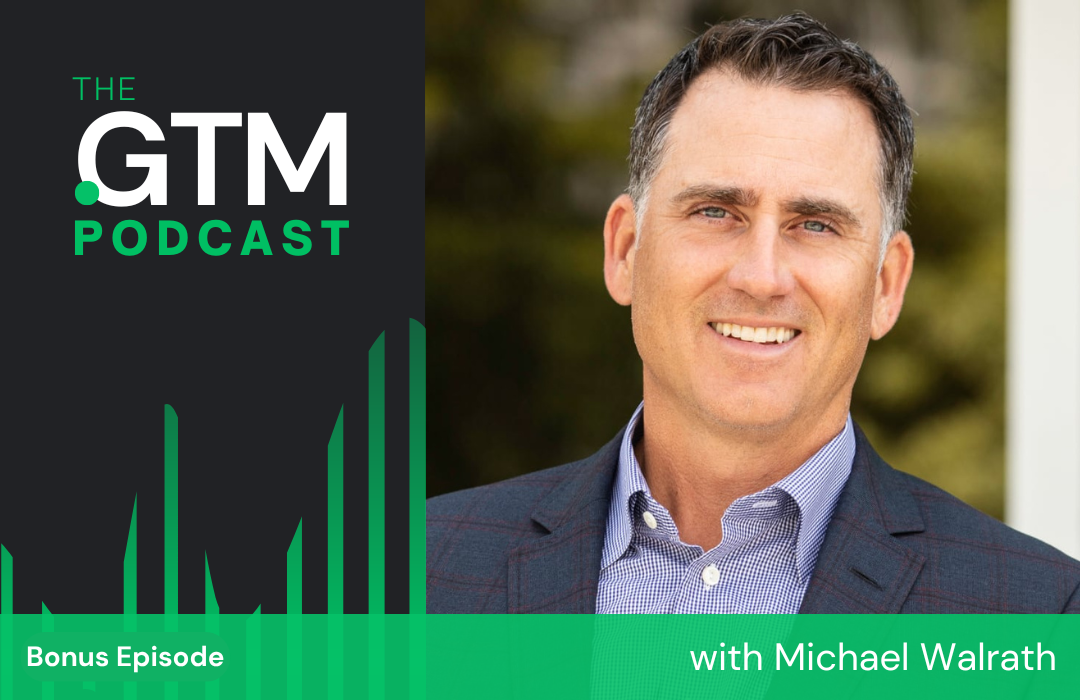To successfully do a demo, you need more than a great sales presentation.
Today’s savvy buyers have got tons of information at their fingertips. As a result, they’re usually more than half-way through the buying process before they’re ready to engage with a sales rep.
Problem is, by that time, it may be too late to help. Customer consensus has dissolved. They’ve made (often erroneous) decisions about what will or won’t work. In short, they’ve taken control of the sales process and aren’t open to your solution or your product.
In this post, we answer two important questions.
First, how do you control a sales cycle and your message when buyers have so much control and access to information?
Second, what is the ideal sales presentation strategy to tell the right story when considering the above-mentioned challenges?
Who’s Controlling the Sales Cycle?
“Emotional impact is about making absolutely sure that the customer sees themselves in the story you’re telling.” –The Challenger Sale
Data from HBR shows that customers are, on average, 37% of the way through a purchase process by the time they reach the solution-definition stage, and 57% of the way through the process before they engage with supplier sales reps.
To win the deal, you need to support the prospect both before and after that first touch.
Before they reach out, your message must be available and complete, so the prospect can find the answers they need. But it should also encourage a buyer to seek more information — by scheduling an in-person meeting.
After contact has been initiated, there are 4 main stages you need to be aware of.
Initiate → Discovery → Educate → Validate → Decide
Now, here’s where the rubber meets the road.
To control the sales cycle and have an effective sales presentation, you must tailor your message to your customer AND to a specific stage in your evaluation process.
- Self-Service Resources (Discovery)
- Live Education (Educate)
- The Custom Demo (Validate)
- Leave Behinds (Decide)
Let’s break these down, from start to finish.
1. Self-Service
This is the stage where the buyer is doing research on you. They’re looking at your website, social media, reviews, etc., trying to determine if you’re someone they want to do business with.
This is the most challenging stage, because you don’t really have much control — but as mentioned above, this represents 50+% of the sales cycle. Depending on the product or service you’re selling, it could represent even more.
Most companies think they can avoid misinformation by withholding information as much as possible.They prevent self-discovery with a “call for demo” button. This just frustrates your buyer, who will instead seek information off your website, or worse, from a competitor who is more upfront with their information.
However, simply dumping a lot of free information into the company website and forcing your customer to wade through it isn’t an effective strategy either.
“Research in psychology, decision theory, and most recently economics, has identified a number of other motives underlying the demand for information… the powerful force of curiosity.” (Loewenstein, 1994)
Loewenstein’s theory is essential to developing your self-service strategy. It suggests that bits of knowledge can pique curiosity and prime hunger for deeper understanding.
The information on your site needs to be the perfect balance of quantity and quality to encourage further inquiry and quench the thirst for understanding. Provide a high-level value proposition — the top 3 or 4 problems you solve for your target buyer(s).
You can drive engagement with:
- How-to articles
- Blog series that deconstruct tactics
- Slide decks reviewing key points
- Graphics or visual aids
- Templates
- Trends
- Success stories
Tie relevant customer stories into each vertical, customers who have solved specific problems with your product and whose stories will resonate with future customers.
2. Education: ‘We Don’t Know What We Don’t Know’ or ‘Discovery’
In this stage, you take the buyer’s education into your own hands. This is your discovery meeting where you learn about their individual and organizational objectives, so you can set up a custom demo. This is also where you show the buyer the gaps in their knowledge.
Your ultimate goal here is to entice them to a custom sales presentation.
You do that by showing the buyer what they didn’t know that they didn’t know.
You will be tempted to pack everything (including a full demo) into this meeting! Resist the temptation! This isn’t the place to actually fill in all the gaps in their knowledge. It’s to identify the gaps and establish the need for a demo.
This conversation should include heavy use of customer stories (related to prospect’s industry/vertical) to build alignment to your prospect’s personal and business initiatives. Social proof is absolute gold, but the wrong message can be deadly.
An easy rule of thumb for avoiding misalignment: Look for your prospect’s competitors, customers in the same vertical, or companies with a similar size and geography. A match on more than one of these dimensions is best. Mismatches should be discarded and/or vetted for relevancy.
If you have no pre-existing social proof, be prescriptive. How do you solve problems for companies and people similar to your audience? If you don’t know their business initiatives or goals, use this opportunity to uncover those.
Time is the enemy of the sales process, but only if you lack momentum and context. Frame this conversation as a step towards the ultimate validation.
Buyers want to be led, and it is your job to enable a decision. This step of discovery and education enables healthy decisions.
The ideal outcome of Step 2 is an agreed-upon list of success criteria that, if met in the presentation, will lead you to enter a negotiation.
Related: Using Sales Conversations to Find Product-Market-Fit
3. The Custom Demo or ‘The Sales Cycle Crescendo’
The custom demo is the ultimate proof-point. This is where a decision begins to be made. If the decision maker is not present, you are still at Stage 2.
Your goal here is to tell a story about how they will succeed with your solution. The story should capture your prospect’s attention and relate to any doubts they have.
Rules for any custom demo:
✦ First, it’s not about you, it’s about the audience.
✦ Create an agenda. Confirm that agenda before the demo (via email), and again before you begin the demo. If you aren’t circulating an agenda, co-developed with your champions and decision makers, you are still at stage 2 (education/discovery).
✦ Stay on point. Revisit the agenda and ensure relevancy at any available breakpoints.
✦ Be sure to engage each person in the meeting by using their first name — the amount of engagement being broadly proportional to their decision-making authority.
✦ Don’t waste your prep and key points if you don’t have your prospect’s full attention. There is no such thing as multitasking, only dilution of attention. Virtual audiences are especially challenging. If someone is checking their email, wait.
✦ Use customer stories effectively. Customer stories are absolute gold at any stage. But they must be relevant. The wrong story risks loss of attention and context.
✦ Leave time at the end of the session to confirm you have met expectations for every relevant participant. Lack of confirmation and/or next steps equals failure.
4. Post Sales Presentation (Connecting After a Demo)
This step can be just as (if not more) important than the previous steps. This is your opportunity to wrap the entire sales cycle into a beautiful package and make your deal impossible to resist.
After the sales presentation, send custom summaries of your demo to those who attended. Personalize these follow-ups with:
- A list of attendees
- The agenda
- The topics covered
- Any additional questions that surfaced
Then include the solution(s) in a proposal with pricing, and tie it directly to business impact.
The goal is to remind the prospect of what you went over, and guide them through the next steps.
This is also where you support your champions to carry you across the finish line internally.
Send them your “unexplodable bomb(s)” — content for your customer to circulate — where the impact cannot be “unexploded.”
- Demo recordings
- PowerPoint overview and/or key slides
- Case studies you may have mentioned
- Screenshots with solutions
- Anything else that may help your new internal champs communicate your message
Final Thoughts
You can’t control all the information about your company. You can’t completely control the journey the buyer takes to reach you, or what information and misinformation they’ve learned.
However, by using psychology to your advantage, you can steer them towards your custom demo — where you can take control of the narrative.
Emotional decision-making is a universal constant in sales. A custom sales presentation should be a demonstration of your ability to empathize, and it should be a chance for both parties to see the potential of a long-term and successful relationship.







